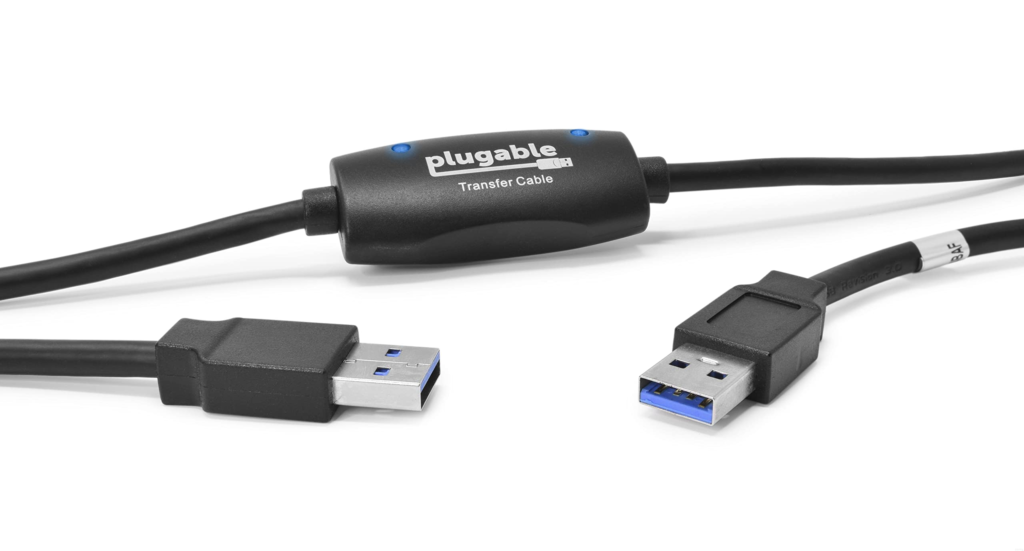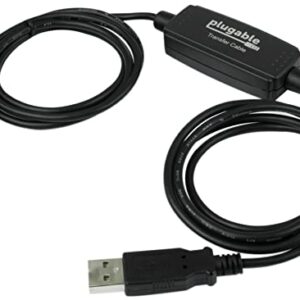Introduction
Are you tired of dealing with slow and unreliable data transfer cables? Whether you’re transferring large files or syncing your devices, having the right cable can make all the difference. But with so many options available, how do you find the best one for your needs? In this blog post, we’ll explore everything you need to know about finding the perfect data transfer cable. From USB-C to HDMI, we’ve got you covered – so read on and discover how to stay connected in style!
Different types of data cables
There are a few different types of data cables, each with their own benefits. Here’s a breakdown of the most popular options:
Ethernet Cables: Also known as CAT5 or CAT6 cables, ethernet cables are the most common type of data cable. They’re used to connect devices to a router or modem, and can transfer data at speeds up to 10Mbps.
USB Cables: USB cables are most commonly used to connect devices like printers, scanners, and external hard drives to a computer. They can also be used for charging devices like phones and tablets. Most USB cables can transfer data at speeds up to 480Mbps.
Firewire Cables: Firewire cables are typically used to connect high-speed devices like camcorders and digital cameras to a computer. They can transfer data at speeds up to 800Mbps.

The difference between male and female data cables
The main difference between male and female data cables is that male cables have pins that plug into female connectors, while female cables have holes that accept male plugs. Male data cables are typically used to connect devices with male ports, such as computers and routers, while female data cables are generally used to connect devices with female ports, such as printers and scanners.
When choosing a data cable, it’s important to make sure that the connector type matches the port type on the device you’re trying to connect. For example, if you’re trying to connect a computer to a printer, you’ll need a male-to-female data cable. If you’re connecting two devices with the same type of port, such as two computers, you can use a male-to-male or a female-to-female data cable.
The difference between USB 2.0 and USB 3.0 data cables
USB 3.0 data cables are a newer technology and provide much faster data transfer speeds than USB 2.0 cables. However, they are not compatible with all devices and ports. If you have a device that only supports USB 2.0, you will need to use a USB 2.0 data cable.

Which data cable is best for you?
The answer to this question depends on a few factors. First, what type of device are you using? Different devices use different types of data cables. For example, an iPhone uses a Lightning cable, while an Android phone uses a microUSB cable.
Second, what are you going to use the data cable for? If you’re just charging your device, any data cable will do. However, if you’re looking to transfer data between two devices, you’ll need a specific type of data cable.
Finally, consider the length of the data cable. Some data cables are only a few feet long, while others are much longer. The length of the data cable you need will depend on how far apart your devices are from each other.

Now that you know the basics, let’s take a look at the different types of data cables available:
Lightning Cables: These are used with Apple products and are typically white or black in color. They have a small connector on one end and a larger connector on the other end. These cables can be used to charge your device or transfer data between two devices.
MicroUSB Cables: These are used with Android products and are typically black in color. They have a small connector on one end and a larger connector on the other end. These cables can be used to charge your device or transfer data between two devices. Some microUSB cables also come with an adapter that allows them to be used with Lightning
Conclusion
We hope this article has provided you with the information and guidance needed to find the best data transfer cable for your needs. With a variety of options available, it is important to consider all aspects such as length, type of connection, durability and cost in order to select the most suitable one. Doing so will ensure that you get maximum performance from your device while avoiding unnecessary costs or damages by choosing an unsuitable option.
